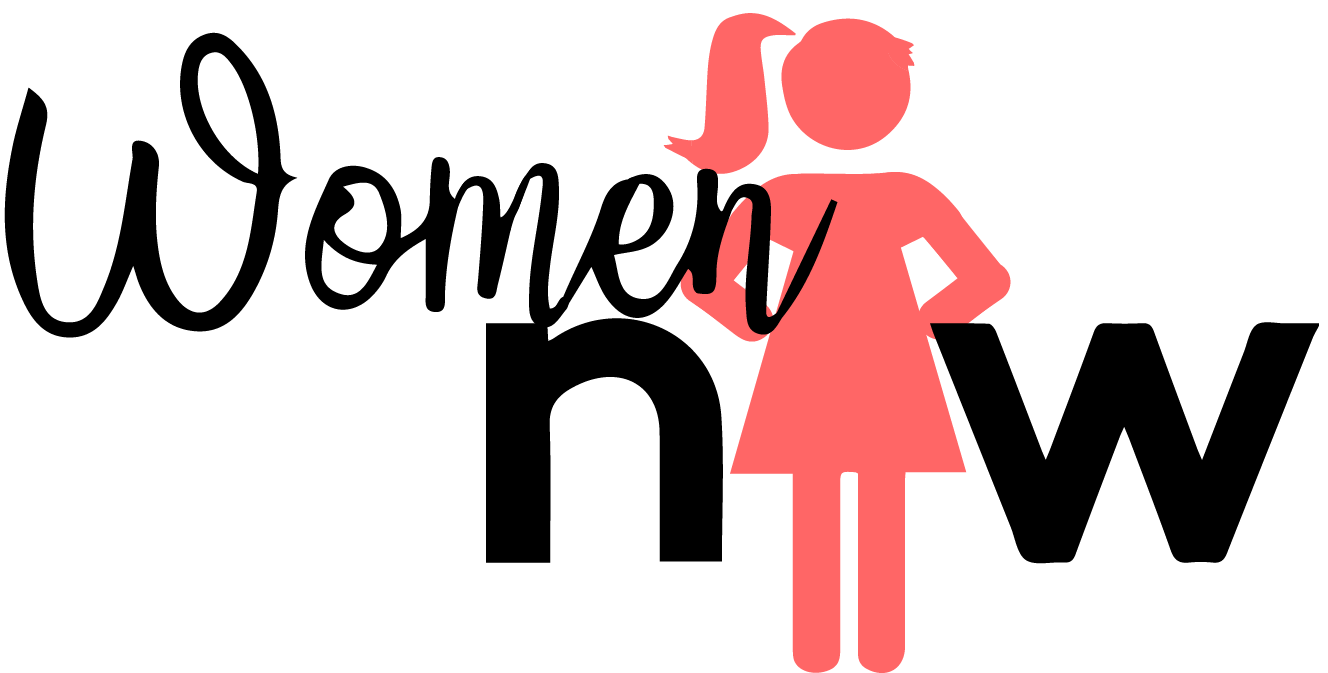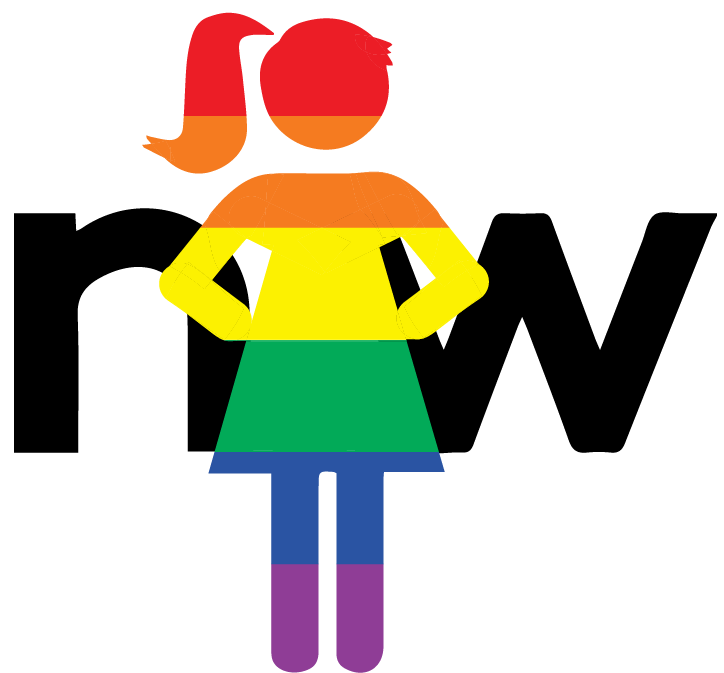International Women's Day 2022: #BreaktheBias.
This March the 8th, we celebrate International Women's Day. It spotlights the individual and collective biases against women that fuel gender inequality. For over a century, this day has marked the founding of the International Women's Conference, organized in August 1910 by Clara Zetkin, a German suffragist and leader in the Women's Office. Zetkin proposed a special Women's Day organized annually. International Women's Day was honored the following year in Austria, Denmark, Germany, and Switzerland, with more than one million attending the rallies. Today this is a global event where women still strive to create equality in the workplace.
Gender Bias in technology.
Women are underrepresented in the technology workforce. According to the 2020-2021 Nelson Frank Salary Survey, only 16% of the global ServiceNow community identifies as female. The overall Computer Science demographics are not much better. In the United States, according to the Berkley School of Information, 21% of Bachelor's degrees in Computer Science are received by women. And the EU's Women Digital Scoreboard 2021 shows that only 19% of ICT specialists are female.
The question is, what actions can we take to #BreaktheBias and increase the number of women in technology.
Mentorship Programs
Women entering the field of computer science are likely to face more resistance than in subject areas more heavily populated by females. We can bolster their resolve by providing examples of strong, successful females thriving in their careers. As a community, we can instill confidence in women who pursue careers in historically male-dominated fields by creating mentorship programs in schools, Acting as speakers, or using female leaders as case studies.
Accessible Training
In the 1980s, male-focused marketing for home computers shifted the demographics of women out of the field of technology. Since then, women have shifted to subjects typically classified under humanities or liberal arts, as explained by Forbes.
Colleges like Carnegie Mellon University and Harvey Mudd College have addressed this issue by making classes less intimidating by splitting the course into two sections based on incoming students' prior programming experience. Women make up 50% of first-year students in Computer Science at Carnegie Mellon University.
I would say that ServiceNow has started a similar strategy by having freely available Citizen Developer training at developer.servicenow.com. I know these learning paths worked for me, but we need to make more women aware of the opportunities.
Make It Approachable
Many programs have been created to help foster the interests of school-age girls' to work in computer science. Some of the most innovative include:
These groups can be pivotal in encouraging and sustaining girls' pursuit of computer science careers, no matter the grade level.
We each can make a difference in the lives of women around us.
If you want to know more about #BreaktheBias search International Women's Day Events near you

